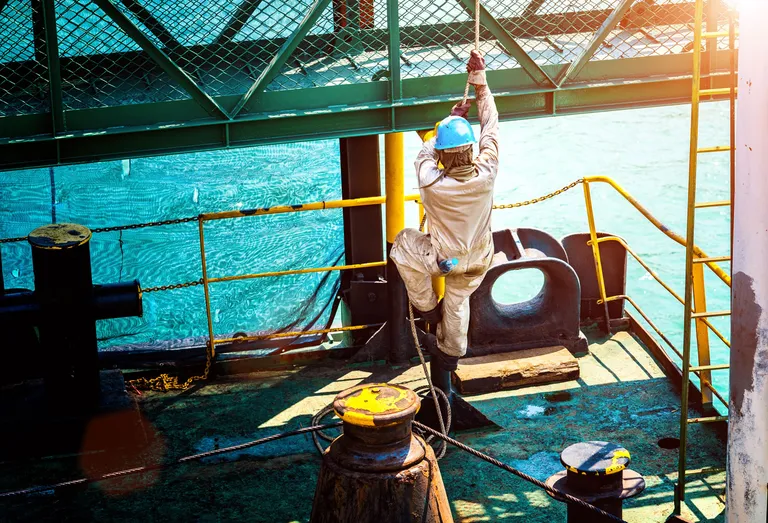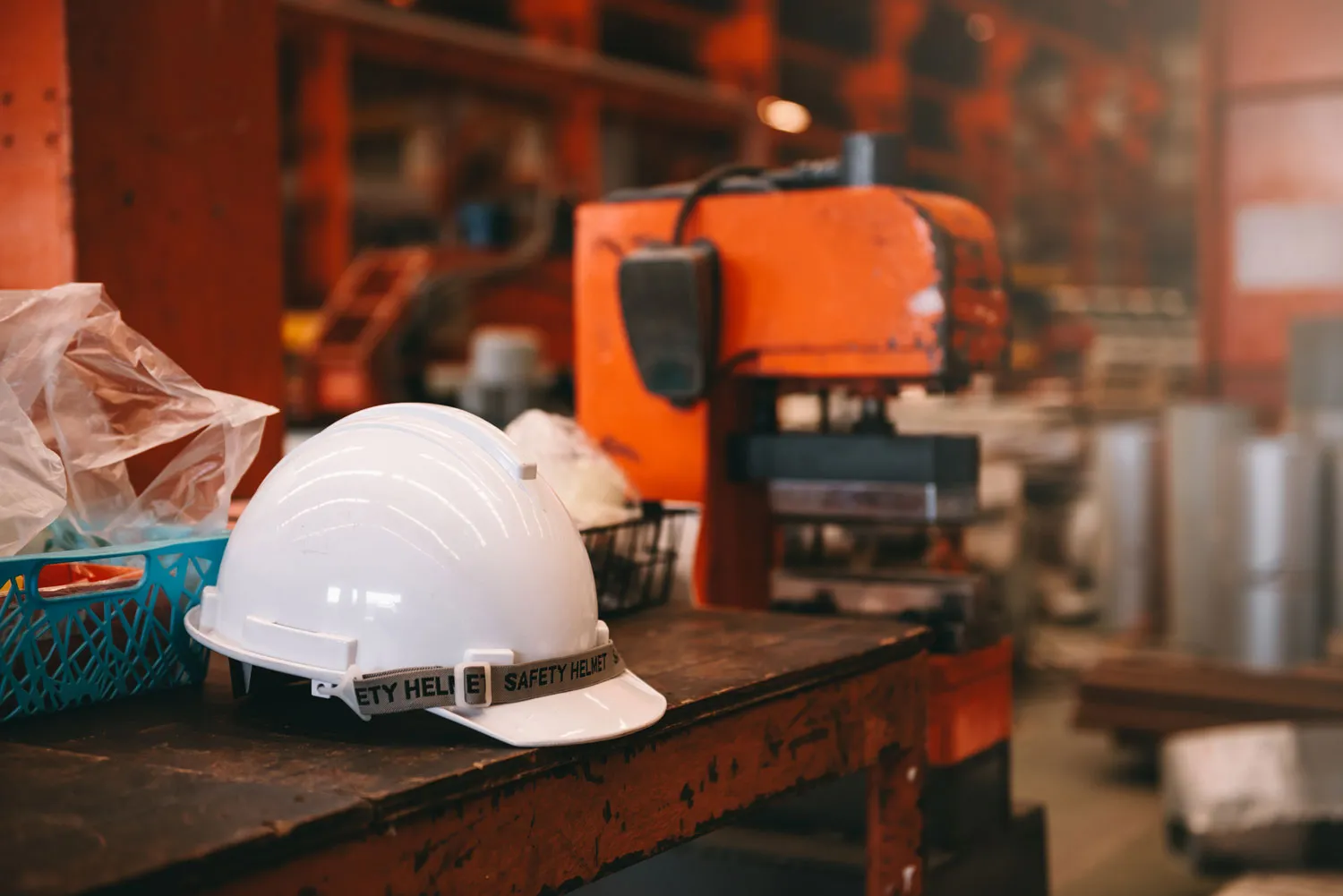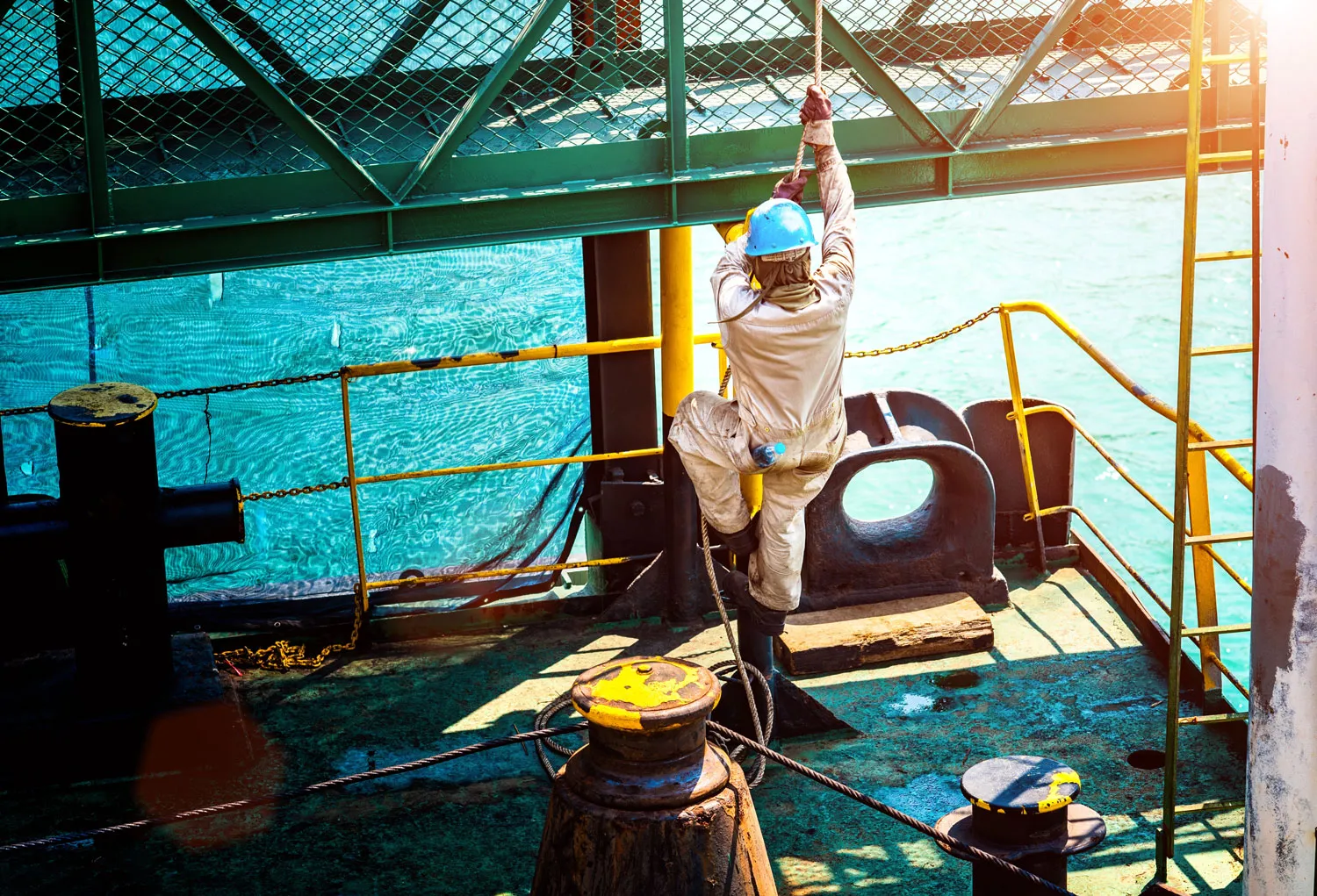SWMS Meaning - What is a Safe Work Method Statement?
Grace Clueit 9 min readDiscover the meaning of SWMS and its importance for safe work practices. Enhance your knowledge and promote a safer work environment.

What is the purpose of a SWMS?
A safe work method statement (SWMS) is a vital safety document that must be completed to meet legal requirements and improve on-site safety culture. Its purpose is to ensure that workers and employers have acknowledged and signed off on the risks associated with high-risk construction work tasks. This ultimately helps reduce or ideally avoid dangers within these high-risk environments.
Identifying hazards
It’s important to share the potential high-risk construction work hazards within your industry and work environment, document them within your safe work method statement, and sign off on them by yourself and your workers.
Assessing risks
What potential high risks are there? What could go wrong or place your workforce in danger? A safe work method statement will help you assess, analyse and prepare for high risks within your operations and keep your workforce safe.
Implementing risk control measures
A safe work method statement allows you to prepare and implement risk control measures to avoid high risks where feasible. It can be managed appropriately if something does occur. From clear instructions on what to do in a particular instance to following a hierarchy of control strategy, a SWMS can ensure this has been covered.
Ensuring worker safety
Worker safety is of the utmost importance, and an SWMS helps you do everything you can to ensure this. A SWMS will provide your workers with the intel, and you with the peace of mind.
SWMS vs JSA vs SOP
| Document | SWMS | JSA | SOP |
|---|---|---|---|
| Purposes | Safety document specific to high risk construction work. | Not specific to high risk work. Looks at the risks associated with any task (low or high). | A SOP ensures that tasks are completed consistently. |
| When each is used | SWMS is focused on high risk labour and construction work. | JSAs are used for any risk, low or high. | SOPs are used to ensure that tasks meet a certain consistent standard across the board. |
| Legal requirements | SWMS are legally required. HRCW cannot be completed without it. | JSAs aren’t legally required but are desirable for meeting safety and audit standards. | SOPs aren’t legally required but enhance operations and are optimal for keeping tasks consistent. |

Why are SWMS important?
SWMS are vital for companies operating within high-risk construction work. They aim to help identify hazards, prevent workplace injuries, ensure compliance with work health and safety (WHS) laws, and reduce business liability.
Here are some real-world examples to help you understand how SWMS have prevented accidents:
Scenario A:
Bill has been contracted to work on a high-risk construction job removing asbestos from a building that will be demolished. To ensure Bill knows the potential risks of being near asbestos, Bill’s manager, Carl, asks him to thoroughly read and sign a SWMS safety document, plus a window for any questions and queries. Once Bill has completed the document, Carl signs it too. While removing asbestos from the building, Carl forgets to wear his mask and tries to sue Carl and his company for negligence. Carl has the signed SWMS document to cover himself and prevent legal liability.
Scenario B:
Louise is a telecommunications engineer running tests on a high telecommunications tower. Due to the risks associated with working at heights, this is classed as high-risk construction work. Louise’s manager Abdul asks her to read, review and sign a SWMS document, allowing her time for any uncertainties or questions. Louise takes extra precautions to avoid hazards and potential dangers when working up in the telecommunications tower.
When is a SWMS required?
A SWMS is required for high-risk construction work (HRCW). Here are some examples of high-risk tasks across these industries:
Who is responsible for preparing a SWMS?
Employers, principal contractors, and subcontractors are responsible for preparing, facilitating and adhering to a safe work method statement (SWMS).
The Person Conducting a Business or Undertaking (PCBU) within high risk construction work must prepare a SWMS and facilitate its associated compliance. This includes all legal and regulatory requirements, training, information, hazard risks and resources.

Key components of an effective SWMS
To keep on top of SWMS regulations within high risk construction work, conduct regular risk assessments including hazard identification, risk evaluation, control measures, implementation and review/monitoring processes.
Here’s a breakdown of the essential elements of a well-structured safe work method statement (SWMS):
Identification of specific high-risk construction work tasks
Clearly outline the high-risk tasks that your workforce will need to carry out.
Description of potential hazards
Describe and showcase the associated potential hazards that come with these high-risk tasks in a clear and easy to understand manner. Graphics and diagrams can be very useful for this section.
Responsibilities of workers and supervisors
Outline the responsibilities of your management staff and contractors/workers. Establish who is in charge of what, and who is accountable.
Review and monitoring process
Monitor processes, keep on top of risk assessment duties, and ensure regular reviews are scheduled and conducted.
Common mistakes to avoid in SWMS
Here are some common errors businesses make when drafting a safe work method statement (SWMS) and recommendations for avoiding them.

How long are SWMS valid for?
SWMS do not have a fixed expiry date but must be reviewed and updated when high risk construction work conditions change, new risks emerge, or after an incident occurs.
How often should SWMS be reviewed?
Best practices for reviewing SWMS:
Periodic assessments
Following a review frequency is advisable to ensure you remain ahead of the game. For example, every 12 months, in alignment with your audit schedules, or when a significant change occurs.
Post-incident reviews
It’s so important to assess and learn from any incidents. What happened, why did it happen, and what can be done to prevent this from happening?
Compliance audits
Compliance audits are necessary and beneficial in establishing any compliance gaps or improvements you can make to improve your SWMS processes.

This article was written by Grace Clueit, Altora’s Marketing Manager. Grace has significant experience in marketing and writing.
This content was 100% human-created.